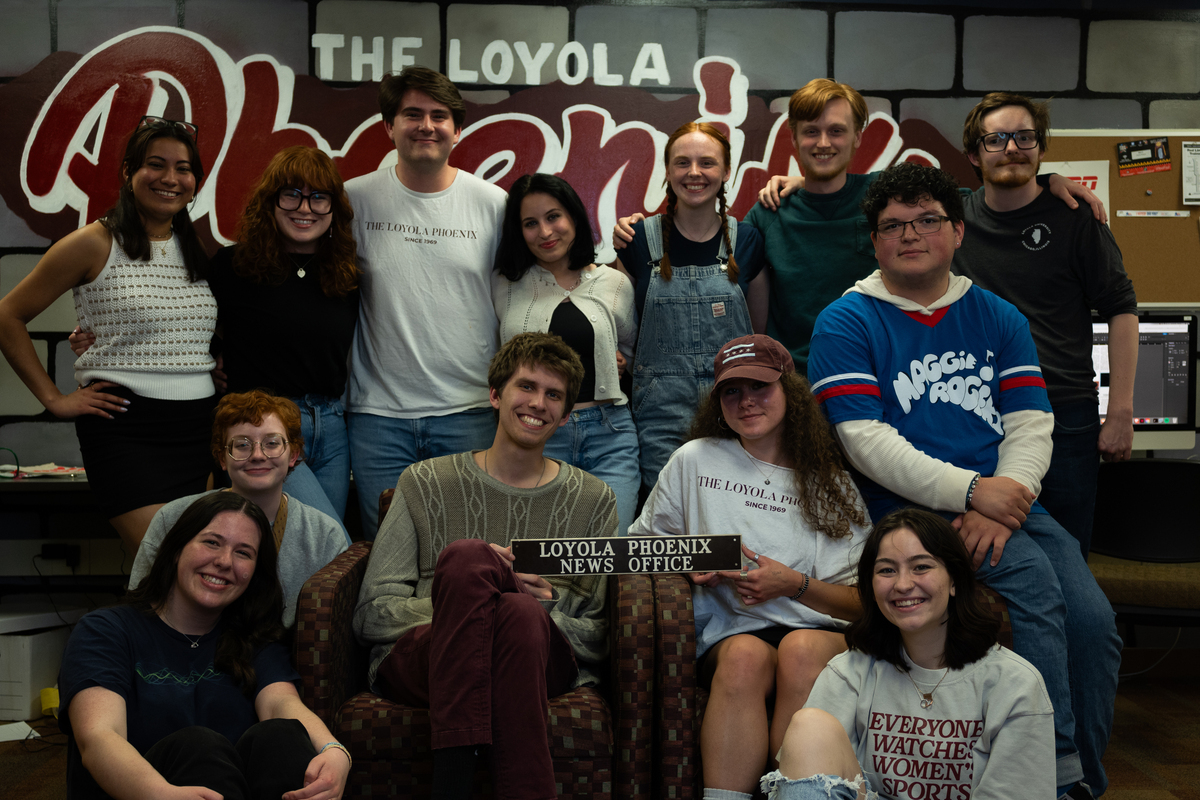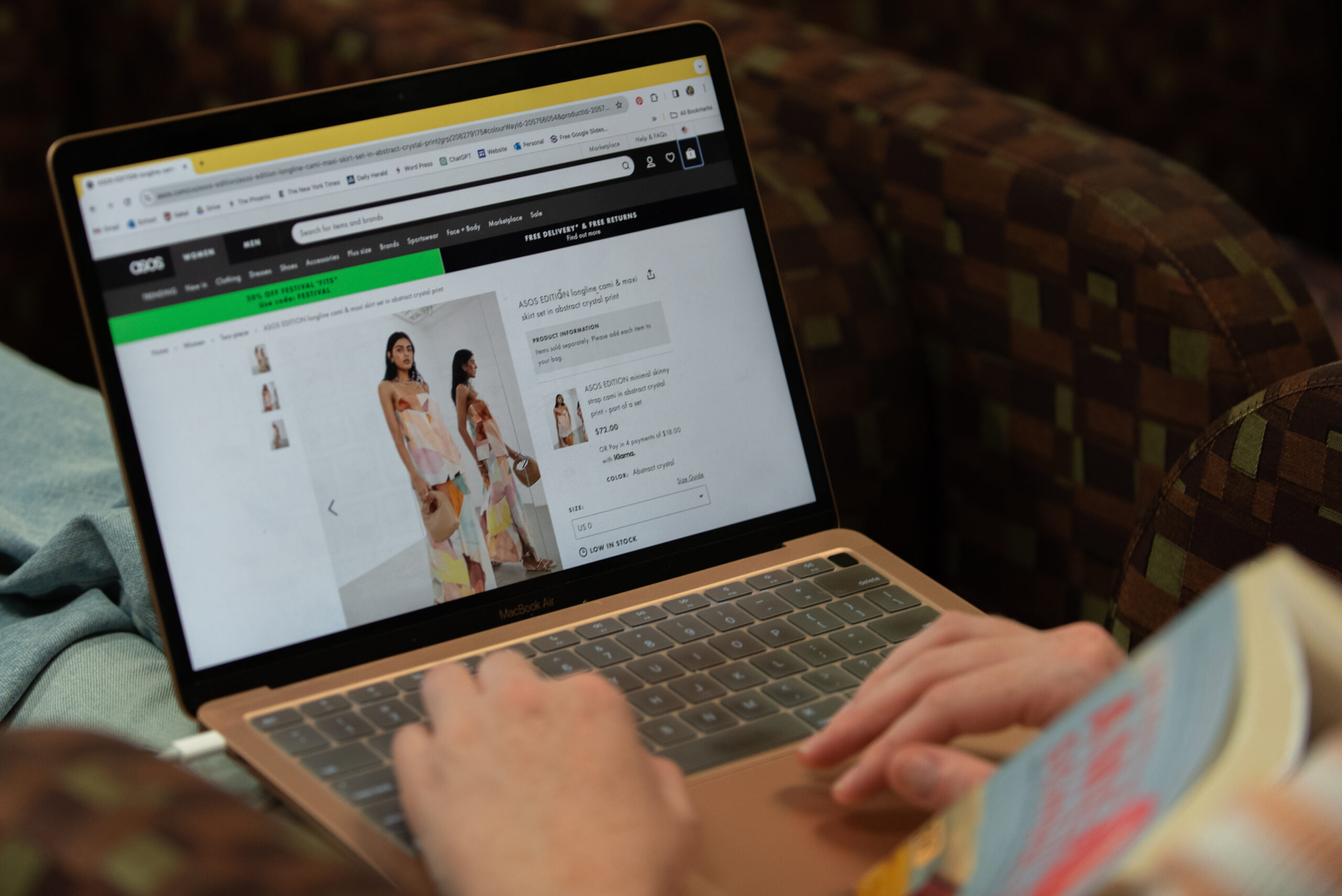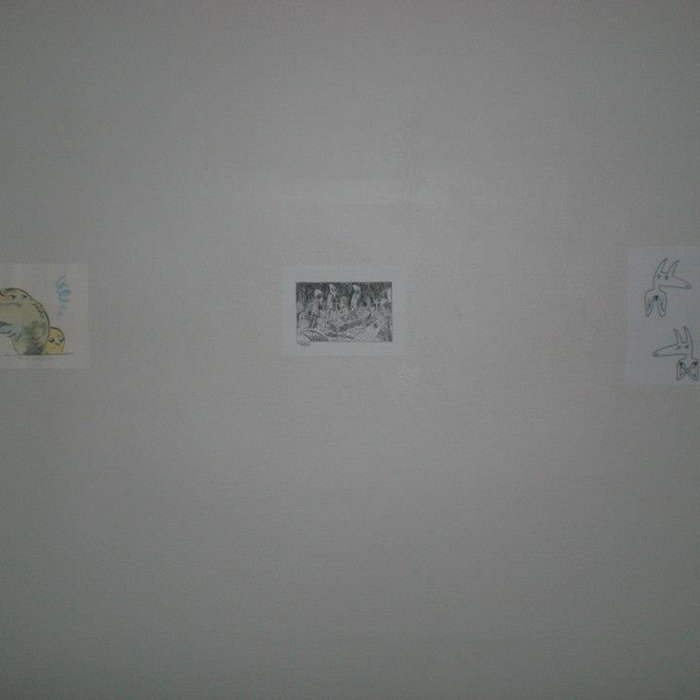Loyola students viral on TikTok weigh in on the platform.
The Value of Viral: Students Capitalize on the Fleeting Fame of TikTok

What does it take to go viral? With the rise of social media platform TikTok, the answer may be nothing — and everything.
For some TikTokers, virality merely requires a plagiarized dance and an obnoxious energy drink ad. For others, it might be the most obvious “Euphoria” take you’ve ever seen. No matter how someone feels about “renegading” or “bones days,” chasing virality has become a trademark of TikTok as a platform.
Riz Zaheer, a sophomore studying marketing, has had multiple photography videos go viral, with his most popular video reaching 3.5 million views and 493,000 likes.
“It’s really really fun opening up the app and seeing 99-plus notifications in your inbox. It’s a dopamine rush,” Zaheer, 20, said.
Zaheer’s viral video emulates the effect of the viewers’ hand controlling the movement of the photos video, with a notice at the start to move your hand to the beat of the song.
“The problem is you’ll go viral once and that’s the gateway drug,” Zaheer said. “Because you know that it’s possible and you know you can do it again.”
Junior creative advertising major Izabel Stewart encountered a similar experience of virality after blowing up for her videos highlighting Chicago’s nightlife spots fit for the “that girl” demographic.
“There are times where I wish I could take a little break, because it’s very overwhelming,” Stewart said.
Both Zaheer and Stewart were able to gain opportunities on the business side of TikTok because of their virality. According to Stewart, she now works in social media marketing and has been able to partner with the restaurants from her videos.
Zaheer now manages other business’ TikToks, as well as running his own ecommerce business. But despite his involvement in the social media world, he said he has no interest in becoming the next Charli D’Amelio.
“The stigma around the word influencer is, for lack of a better word, douchey,” Zaheer said.
On the other hand, senior psychology major Martin Bandzoumouna said he launched a social media presence after starting on TikTok in 2019 because of its potential for rapid growth.
As of Feb. 15, Bandzoumouna has 103,000 followers and his most popular video currently has 5.8 million views and 1.2 million likes.
In the video, Bandzoumouna acts as a rapper trying to interject and begin rapping, but the audio of producer tags, which often occur at the start of a rap, prevents the rapper from beginning.
Bandzoumouna has had many videos go viral and surpass one million views. Yet, to Bandzoumouna, the “hype” of going viral becomes minimized over time.
“To me now, it doesn’t feel as much of a rush as it used to, you almost get desensitized to it,” Bandzoumouna said.
History and secondary education major Brontë Phipps acquired her TikTok virality by accident.
Phipps’ video, which joked about her role preventing students from having overnight guests at her desk job, was only made because she wanted to use the audio to Justin Bieber’s “U Smile,” according to the self-proclaimed Belieber.
“I feel like so many people want to go viral just because they want to say they did,” said Phipps, 21, said. “But it’s so much more fun to have something go viral that you just think is funny and you wanted your friends to see it and other people just thought it was funny too.”
Junior biology student Neha Nalubolu also went viral by accident after she joined the platform “as a joke” in highschool.
Nalubolu’s video featured her swearing in front of her mom to a Ye, formerly called Kanye West, song. But instead of getting angry, Nalubolu’s mom reacts positively, to which Nalubolu captioned the video “my mom doesn’t know English.”
The next morning, Nalubolu woke up to thousands of new followers. As of Feb. 10, the video has 2.8 million views and 427,000 likes.
“I’ve had friends tell me they’ve seen some of my videos in YouTube compilations and Snapchat stories, and I was like oh what the heck, a bunch of people have seen my face,” Nalubolu, 21, said.
While much of the response to her videos was positive, Nalubolu also said she received some “weird,” comments attacking her appearance.
“This one time this girl commented on the video that blew up with my mom that I look like I’ve gone through an acid attack,” Nalubolu said.
Phipps also received backlash from her desk job video, which she says were mostly from teenagers that were mad she was preventing students from having people stay overnight.
“The only one that made me a little nervous was a kid who was like, ‘You denied me on Halloween’ and I clicked on his profile and I absolutely did,” Phipps said.
With the constancy of people grasping for hype, it seems that one seven-second video can turn even the most benign dialogue into a polarizing cancellation-fest.
“No matter what you post, someone will argue with you,” Phipps said. “I feel like that is very specific to TikTok.”
Nonetheless, it seems that the world of Addison Rae, 12-3-30 and niche stan discourse is here to stay. But, maybe we can look at the global comradery generated by TikTok as a positive.
“TikTok has leveled the playing field,” Zaheer said. “Anyone with a phone in their room can reach the whole world, really.”
Featured image by Leslie Owen/The Phoenix.










